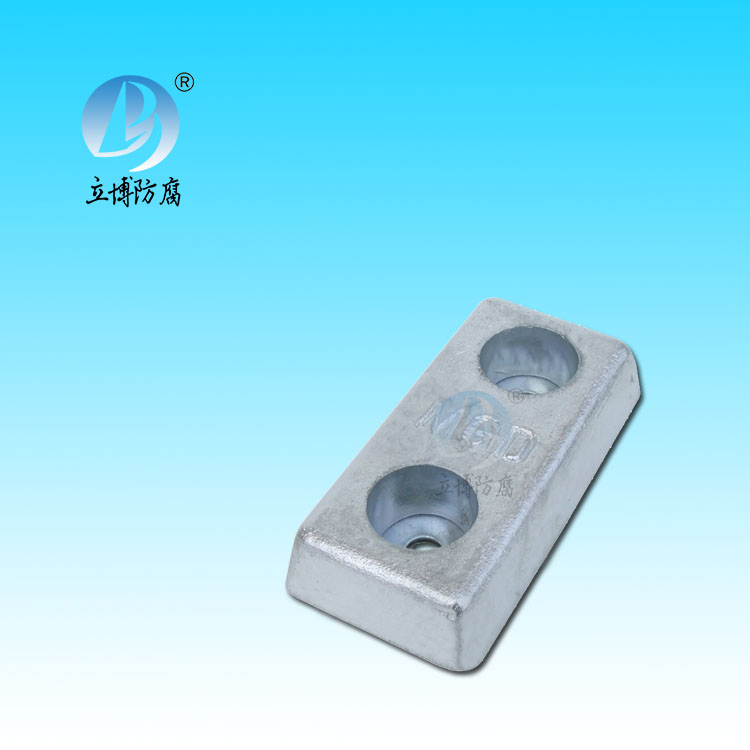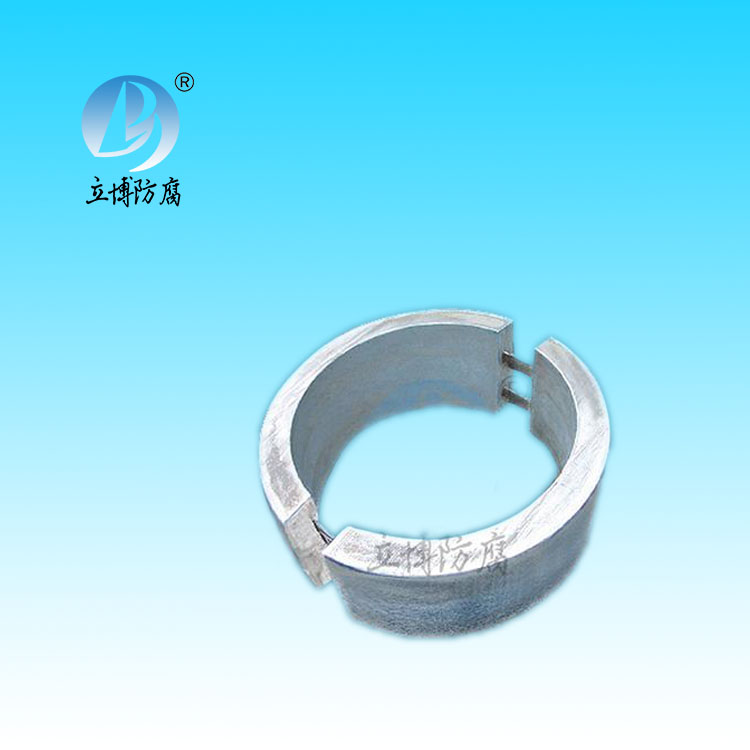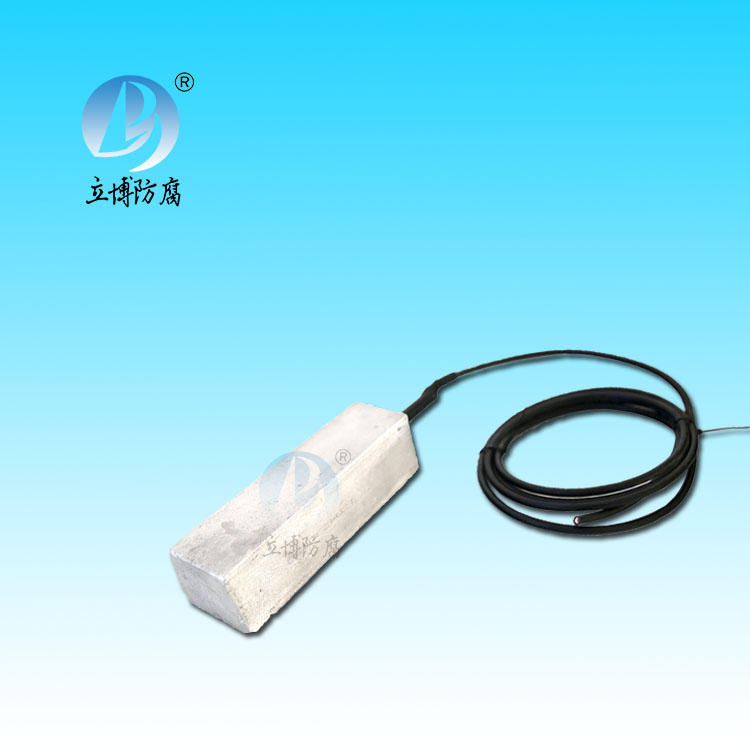News
News
- What is a sacrificial anode
- Basic requirements for reference...
- What does the reference electrode do...
- Why are zinc blocks attached to the ...
- What is the principle of impressed...
- What material does metal structure...
Contact
Phone:18739187123
hotline:0391-7588881
E-mail:970512272@qq.com
Address:Wuzhi County, Jiaozuo City, China
Company News
Solar selective absorption characteristics of anodized aluminum film
- Author:Libo
- Source:wwww.godsgracesalon.com
- Date:2021-06-11
- Click:0
The sun radiates an infinite amount of energy from the aluminum anode to the Earth, and although black is the most effective color for solar absorption panels, large differences have been found between the various black surfaces.
In general, the reflectivity of metals is highest in the infrared wavelength region and lowest in the visible region. In order to improve the performance of solar Selective absorber, the following methods can be used:
(1) External wavelength range 0.5 to 2.Oum absorption window semiconductor film, so that the surface in the infrared wavelength region has a relatively high absorption rate.
(2) add metal film or metal containing micro particles on the surface to form a layer of light interference filter layer to prevent reflection.
(3) The surface forms a micro-inhomogeneity of 0.5-2.0um concave and convex, which absorbs short light waves due to multiple reflections in the surface cavities.
The aluminum anode should not be in direct contact with the circulating water of the solar heating panel as there is a risk of pitting the aluminum in hot water unless an appropriate concentration of corrosion inhibitor is present in the water. Aluminum solar heat collection plate and copper circulation water pipe with the use of brazing technology between the metal connection. Figure 3-1 shows the structure of the solar water heater sold in the Japanese market.
However, if the device covered with transparent glass tube is used, the durability of the device is poor because the anodic oxidation absorption film is very thin, so the practicality of this structure is not very ideal. The structure of the three electrolytic colored anodic oxide film introduced in this book is almost the same as that of the system. Due to its excellent corrosion resistance and workability, it is very suitable for building materials with heat absorption. For example, structures that use air as a heat transfer medium can also be used on building heat pipes.







 客服QQ
客服QQ